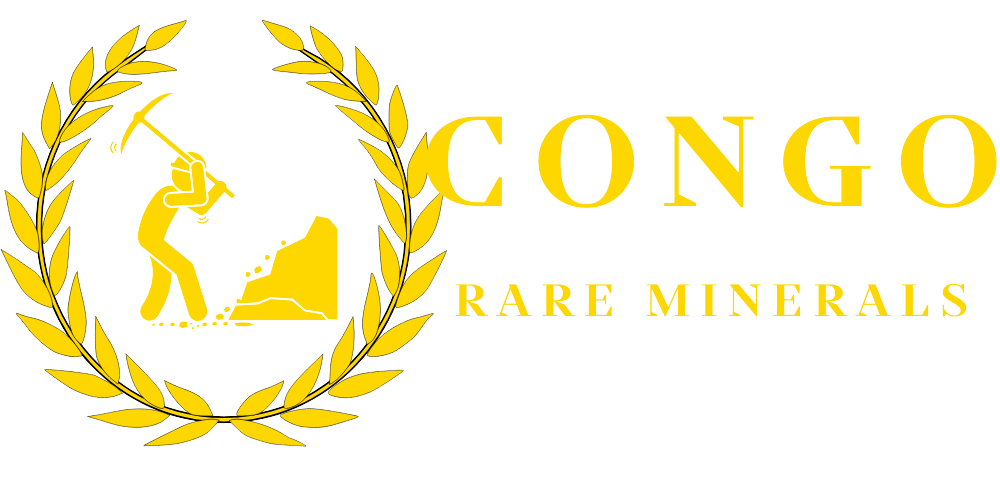Introduction: why “paper gold” matters for real prices
When investors pile into gold ETFs, they create demand for physical metal that custodians must hold. In 2025, that demand was huge. Global gold ETFs took in about $38 billion in the first half, lifting holdings by ~397 tonnes, with U.S.-listed funds contributing 206.8 tonnes. That is the largest H1 inflow in five years and a major tailwind for spot prices. (Reuters)
What a gold-backed ETF actually is
A gold ETF (like GLD or IAU) is a fund that issues shares backed by allocated bars held in vaults. When new money comes in:
- Authorized participants create new ETF shares.
- The fund acquires (or allocates) matching gold bars to keep backing per share intact.
- Result: portfolio demand turns into real bar demand, which tightens the physical market and supports price. The World Gold Council’s monthly data set tracks these holdings and flows. (World Gold Council)
2025 snapshot: flows, holdings, and why they matter
- Largest H1 inflow since 2020: $38bn globally in H1 2025, ~397t added. North America led the move. (Reuters)
- U.S. leadership: 206.8t added by U.S. ETFs in H1 2025. (Reuters)
- Momentum into Q3: Holdings kept rising into late summer, with August adding 53t and AUM hitting a fresh month-end record. (World Gold Council)
Why it matters: these flows help explain why dips were shallow and breakouts stuck through 2025. They also show how retail, advisory, and institutional money can shift the physical balance quickly.
Should you buy a gold ETF or physical bars?
ETFs: speed and liquidity
- Simple brokerage trade, intraday pricing, tight bid-ask spreads.
- No vaulting to arrange.
- Tracking error is usually small, but ETF shares are not bars you can inspect.
Physical bullion: control and audit trail
- You own metal outright, with serial-numbered bars and documentation.
- Useful for long-term reserve or treasury functions.
- Requires logistics, paperwork, and settlement discipline.
Smart approach: use ETFs for liquid exposure and pair with verified physical for strategic reserves. Let ETFs do the fast work. Let bars anchor the portfolio.
Where Congo Rare Minerals fits in an ETF-driven market
Surging ETF demand tightens the market. When you do buy physical, reduce friction and uncertainty.
Congo Rare Minerals (CRM) gives you:
- Source advantage: direct from licensed DRC operations, cutting layers that add cost and blur provenance.
- Guaranteed provenance: full chain-of-custody documents and independent refinery assay on delivery.
- Secure, compliant routing: exports move via Uganda for efficient clearance, then to mutually approved refineries in Dubai, Switzerland, Europe, China, or the USA.
- Strategic context: the DRC is widely cited with roughly $24 trillion in untapped mineral wealth, with about 90% unexploited. Aligning with source-direct supply positions you for long-run availability as global demand grows. (World Gold Council)
Highlighted advantages
- Source direct from the DRC
- Fully verified provenance
- Assay-on-arrival settlement
- LBMA-linked contract terms
Risk checks when physical demand spikes
- Documentation first: insist on export papers, chain-of-custody, and refinery assay in the SPA.
- Route clarity: confirm transit route, insurance, and the receiving refinery up front.
- All-in cost: focus on basis vs LBMA, not just an attractive quote.
- Counterparty discipline: one contract, one set of obligations, one path to settlement.
FAQ
Do ETF flows really move spot price?
They can. Large, persistent inflows require more vaulted metal, which tightens supply and supports price. H1 2025 saw ~397t added and $38bn of net inflow, led by U.S. funds. (Reuters)
Are ETFs a substitute for holding bars?
They serve different goals. ETFs are perfect for liquid exposure. Bars are better for audited reserves, wealth transfer, or collateral uses that require physical.
How does CRM price physical in a fast market?
Contracts reference LBMA spot with agreed differentials by product, route, and quantity. Final settlement follows independent refinery assay.
Bottom line
Gold ETFs are a real engine of demand in 2025. Use them for speed and liquidity. When you want metal you can audit and defend, buy documented bars from the source.
Stop paying for middlemen and unclear paperwork. Secure your allocation at the source.
Contact Congo Rare Minerals to discuss volumes, routes, and current LBMA-linked terms for delivery to your preferred refinery.
